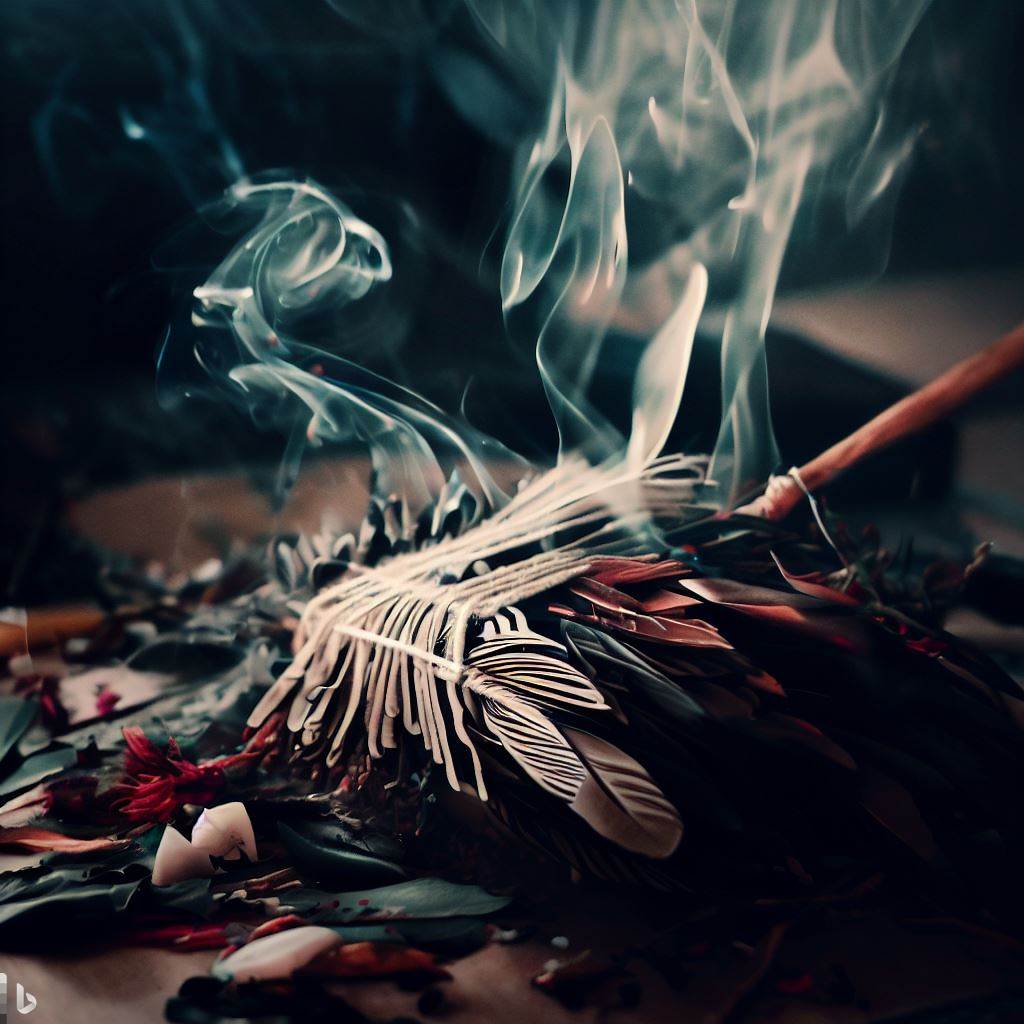
Smudging Ritual Guide: Smudging Techniques & Herbs
Indigenous people worldwide utilize herbs for various purposes, including purification and cleansing rituals. A prevalent ceremony involves burning specific herbs and allowing the smoke to envelop one's body. Nowadays, this practice is often referred to as "smudging." In the western regions of North America, sage, cedar, and sweetgrass are the three most commonly used plants for smudging.
Sage, a versatile herb with numerous varieties, is often used in smudging rituals. The botanical name for "true" sage is Salvia (e.g., Salvia officinalis or Garden Sage, and Salvia apiana or White Sage). It's worth noting that the word Salvia originates from the Latin root "salvare," meaning "to heal." There are also types of sage that belong to a separate species, Artemisia, which includes sagebrush (e.g., Artemisia californica) and mugwort (Artemisia vulgaris). Both Salvia and Artemisia sub-species have been incorporated into smudging practices.
Sage is burned during smudging ceremonies to dispel negative spirits, emotions, or influences and to prevent them from entering the space where the ceremony takes place. In the traditions of the Plains nations, the floor of the sweat lodge is often covered with sage, and participants rub the leaves on their bodies while inside the sweat lodge. Sage is also commonly scattered on the ground in a lodge or on an altar where a ceremonial pipe touches the earth. Some tribes wrap their pipes in sage when storing them in pipe-bundles, as sage can purify objects wrapped within it. Additionally, sage wreaths are placed around the heads and wrists of Sundancers during their ceremonies.
Cedar It's important to note that there can be confusion regarding plant names, particularly because junipers are sometimes referred to as "cedar" in certain regions, such as Desert White Cedar (Juniperus monosperma). Cedar is used during prayer sessions, whether spoken out loud or in silence. The prayers rise with the cedar smoke, reaching the Creator. In some tribal customs, cedar is also placed alongside sage on the floor of sweat lodges. Many Northwest Indian nations perform a House Blessing Ceremony, where cedar branches are swirled through the air to cleanse a living space. In the Pacific Northwest, cedar serves a similar purpose as sage – it eliminates negative energy while drawing in positive vibes. The tribes in this region believe that the spirit of cedar is ancient and wise, and they pay tribute to old, fallen cedar trees through offerings and prayers.
Sweetgrass Sweetgrass, one of the most sacred plants for the Plains Indians, is a tall wild grass with a reddish base and a distinct, perfume-like, musty scent. It predominantly grows on the eastern side of the Rockies in Montana and neighboring Alberta, Canada. Some small areas in Wyoming and South Dakota also have sweetgrass growth. Its botanical name is Hierochloe odorata, and it is commonly known as Seneca grass, holy grass, and vanilla grass. It has been mentioned that a variety of vanilla grass can be found in North Central California; however, its similarity to the Plains variety remains uncertain.
In the Plains region, sweetgrass is typically braided in bunches, similar to how a person's hair is braided, although some have mentioned seeing it simply gathered and wrapped in cloth. Regardless of the method, sweetgrass is commonly burned by sprinkling small pieces over hot coals or igniting one end and waving it around to let the smoke disperse throughout the air. The latter method is how we were instructed to use sweetgrass in the sweat lodge, enabling the purifying smoke to reach all areas of the lodge.
The practice of burning sweetgrass is beneficial after the use of sage or cedar to clear away negative energies. Sweetgrass invites positive forces and spiritual beings into the space. Just like with cedar, when sweetgrass is burned during prayer, the smoke carries the prayers to the Creator. High Hollow Horn, in The Sacred Pipe, explains that the sweetgrass smoke will ascend and spread throughout the cosmos, with its aroma being recognized by all creatures, acknowledging the interconnectedness of all beings.
Sweetgrass is also included in pipe bundles and medicine bundles, alongside sage, as a way to cleanse and shield sacred items.
Unfortunately, sweetgrass has become increasingly scarce due to factors such as urban expansion, cattle grazing, and agricultural practices. Indigenous people in the northern Plains are striving to conserve the remaining sweetgrass fields. To acquire sweetgrass, it is recommended to purchase from Native American retailers, as this supports the efforts of those working to prevent further depletion of the sweetgrass fields.

